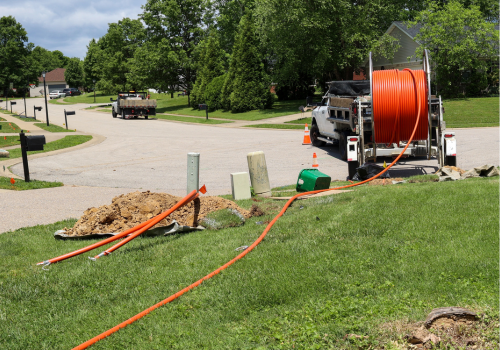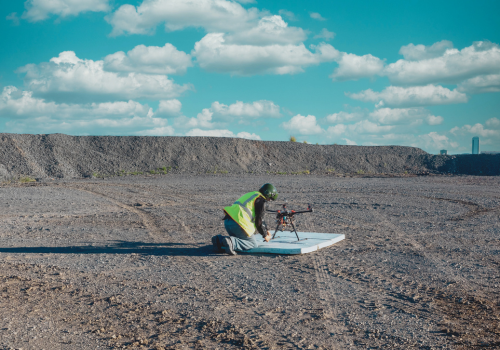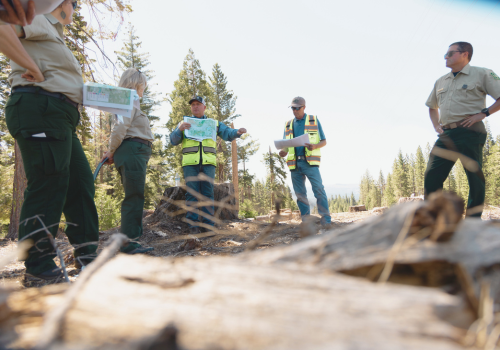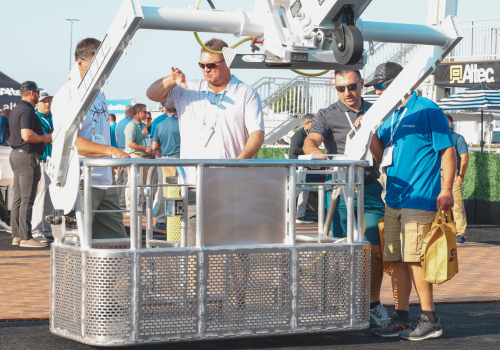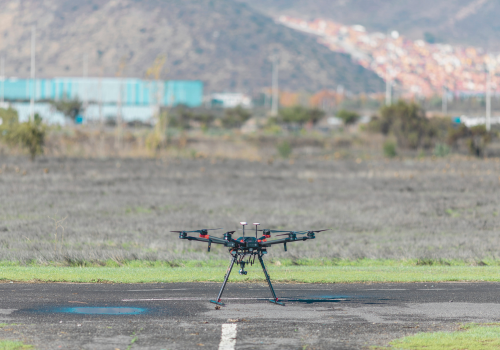Winter is coming and fleets are already preparing for cold, ice, and snow. As more utility fleets convert to electric vehicles, we sought advice from ComEd Fleet Operations Manager Les Faul, who manages the maintenance and operation of 3,000 on-road and 1,500 off-road vehicles. With 23% of ComEd’s on-road fleet being electric, and a goal to have 50% of its fleet electric by 2030, ComEd, a unit of Exelon, is at the forefront of EV adoption as it follows its Path to Clean, an initiative to reduce operations-driven emissions 50 percent by 2030 and net zero by 2050. The company, named the most reliable electric utility in America serving more than 4 million customers across northern Illinois, was recently awarded the 2024 Drive Electric Award from Plug In America, a national electric vehicle advocacy group.
According to Faul, ComEd began trials with electric vehicles as early as 2006. “You want to understand the technology,” he says. “There are a lot of benefits to electrification, but we also need to take into account where they are going to fit in with our fleet profile, with our line crews, and job scope.” In addition to electric pickup trucks, the company is also testing two all-electric bucket trucks. The impact cold temperatures have on the vehicles needs to be factored into their decisions. This transition to a more sustainable fleet requires new expertise and continual training to keep pace with emerging technologies and industry standards, so fleet mechanics must be not only highly skilled but also adaptable to the rapidly evolving needs of the fleet.
“We need to ensure that our vehicles and equipment are ready at all times, regardless of whether it's, winter, spring, summer, or fall,” says Faul. “Having a reliable, well-maintained fleet directly impacts the safety of our employees and our ability to serve our customers around the clock.” To that end, maintenance scheduling (for 26 garages) is coordinated through a fleet management platform to reduce unnecessary downtime. Telematic data on vehicle hours, mileage, and maintenance needs feeds directly into the program. “We have both a winter readiness program and a summer readiness program that we use across all of our operations to ensure our equipment is ready.”
Step 1: Ensure you have the right equipment and supplies
One of the ways ComEd ensures it has the right equipment and supplies for winter weather is to work with suppliers. As an example, Faul says they have worked with manufacturers to find those tires that have good wear on them, but also have good traction in the snow and the rain, and can perform both on-road and off-road. Other items specified for winter weather are fuel heaters, snow brushes, winter-blend washer fluid, trickle chargers, and snow plows. Similarly, Faul says manufacturers will have the best advice on what types of oils and fluids should be used in colder weather, particularly in lifting equipment.
Step 2: Prepare your diesel fuel
When temps get cold, it can be common for diesel vehicles to have start-up problems. “Fuel for the diesel engine is really the biggest piece of winter preparations,” says Faul. Cold fuel becomes gelatinous and cannot flow through filters and start the engine. To combat this problem, ComEd has a fuel blending program that it undertakes at its 19 fueling facilities beginning in the fall. During this process, the percentage of biofuel is reduced from 20% to 11%.
Samples are taken from all of the tanks and sent to a third-party laboratory to identify the level of moisture in the fuel. Once the current blend is evaluated, they'll adjust it for winter operability and a cold filter plug point in the -20 degrees F to -30 degrees F range. “This ensures that we have reliable vehicles out there that aren't going to be affected by the cold fuel,” says Faul.
Step 3: Maximize the battery power on EVs in cold weather
Cold temps reduce the range that EVs can operate without a charge. According to Faul, their EV pickups are designed for a range of 300 to 400 miles, so degradation (estimated at 20%) due to cold weather, hasn’t been an issue during their operation. “Major manufacturers have built-in systems to condition the battery packs in that kind of weather,” says Faul. Trickle charging units are installed where the full battery electric pickups are parked to enable a full charge in a downcycle situation.
“It's about understanding what your chargers are capable of and understanding the duty cycle of that vehicle,” he says. “If the fit isn't there, we're not going to an EV just for the sake of being electrified.” This winter will mark the first time the company will be evaluating how the EV bucket trucks perform in the cold temperatures of Northern Illinois.
While you may not imagine EVs being used for mutual assistance, recently two ComEd supervisors traveled in an EV pickup to Florida after a recent hurricane, using public charging stations. “They weren't any farther behind the convoy than anybody else. They were able to manage going down there, doing their work, and coming back home with no impact on their ability to perform,” says Faul.
Step 4: Prep your engine block heaters
Engine block heaters warm up a vehicle's engine and internal fluids before starting the engine, which helps with starting, reducing wear and tear, and improving fuel efficiency in cold weather. At ComEd, as part of their winter readiness program, the heaters are thoroughly checked out and brought out to their stations so when crews come in, they can plug in their block heaters.
Step 5: Evaluate your operating procedures for winter weather
Lifting equipment and other machines that utilize hydraulics can also experience difficulties in cold temperatures. One of the ways ComEd addresses this is to require operators to take each function of the machine and operate it through one cycle before performing any work. “This allows the oil to warm up,” says Faul.
Step 6: Be prepared to rescue stalled vehicles
If a vehicle runs out of fuel, it’s fairly simple to send someone out in a vehicle with a container of fuel to get the vehicle going again. Anticipating how to handle an EV disabled by a lack of charge was something that ComEd wanted to ensure they could handle. The solution they came up with is an emergency roadside charger that features a lithium-ion battery pack with an EV charging station attached to it. It provides fleet vehicles with approximately 30 miles of range during a one-hour charge. The portable charger can be placed in the back of any ComEd pickup or mechanic truck and driven out into the field to support vehicles whose batteries are running low. “We have not had any use for this charger yet, but it’s there and available,” says Faul.
While vehicle maintenance is a year-round job, winter weather does create some unique challenges for fleet managers. Preparation remains key to maximizing the uptime of your fleet, regardless of the weather or how your fleet is powered.
Subscribe to The Utility Expo monthly newsletter to receive more industry insights like this.
Read Next
Top Heavy-Duty Gloves for Working in Cold Weather
Cold-Weather Ready: Essential Winterizations Tips for Utility Contractors


